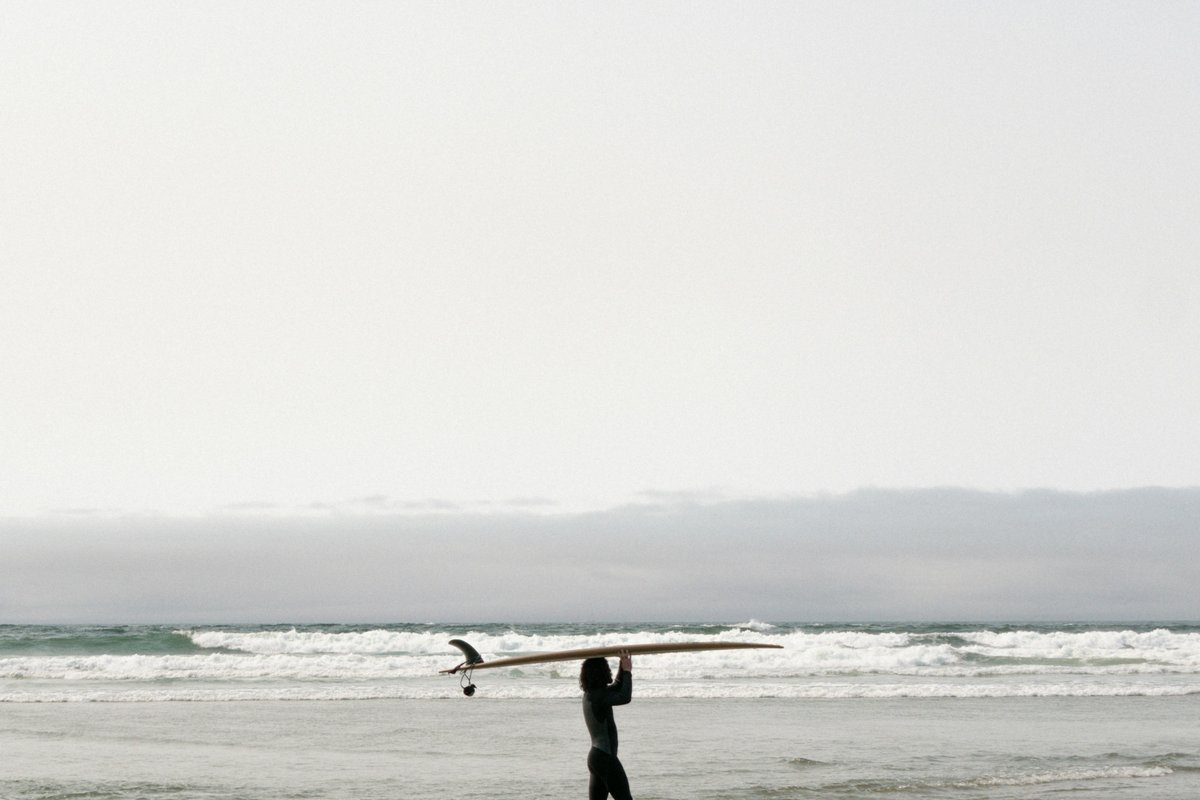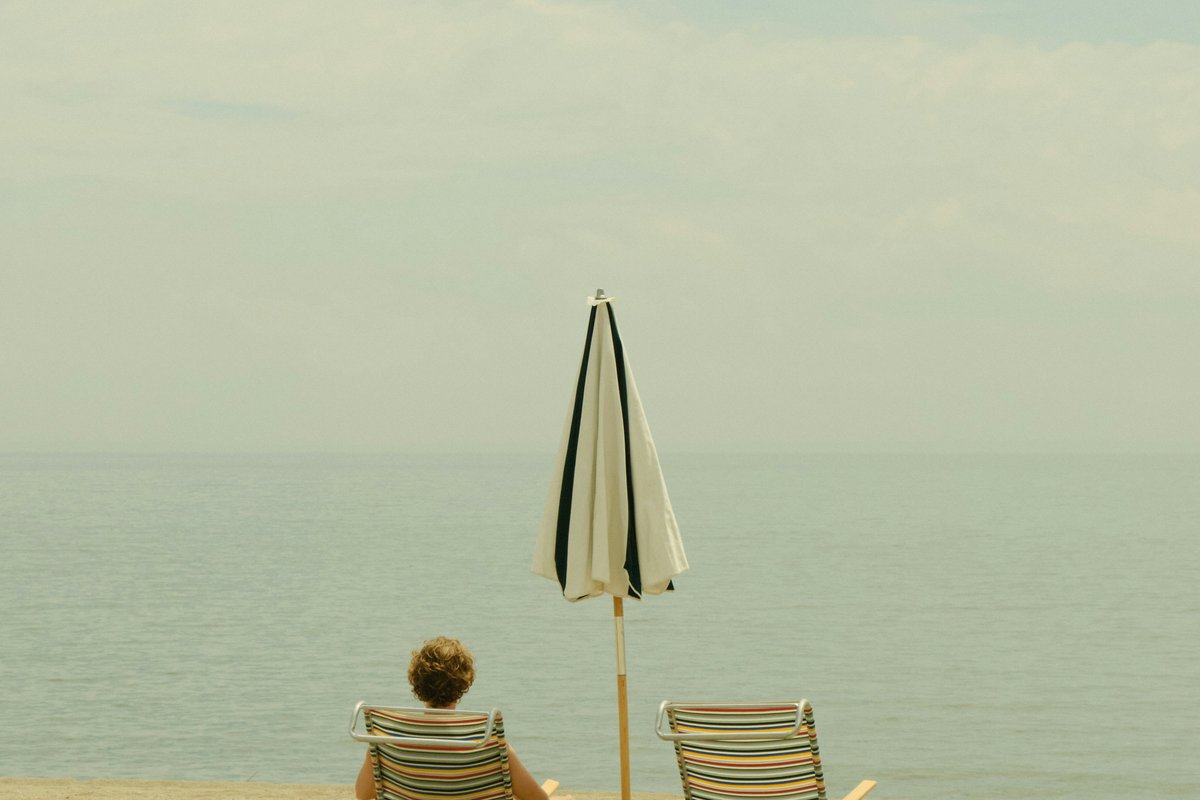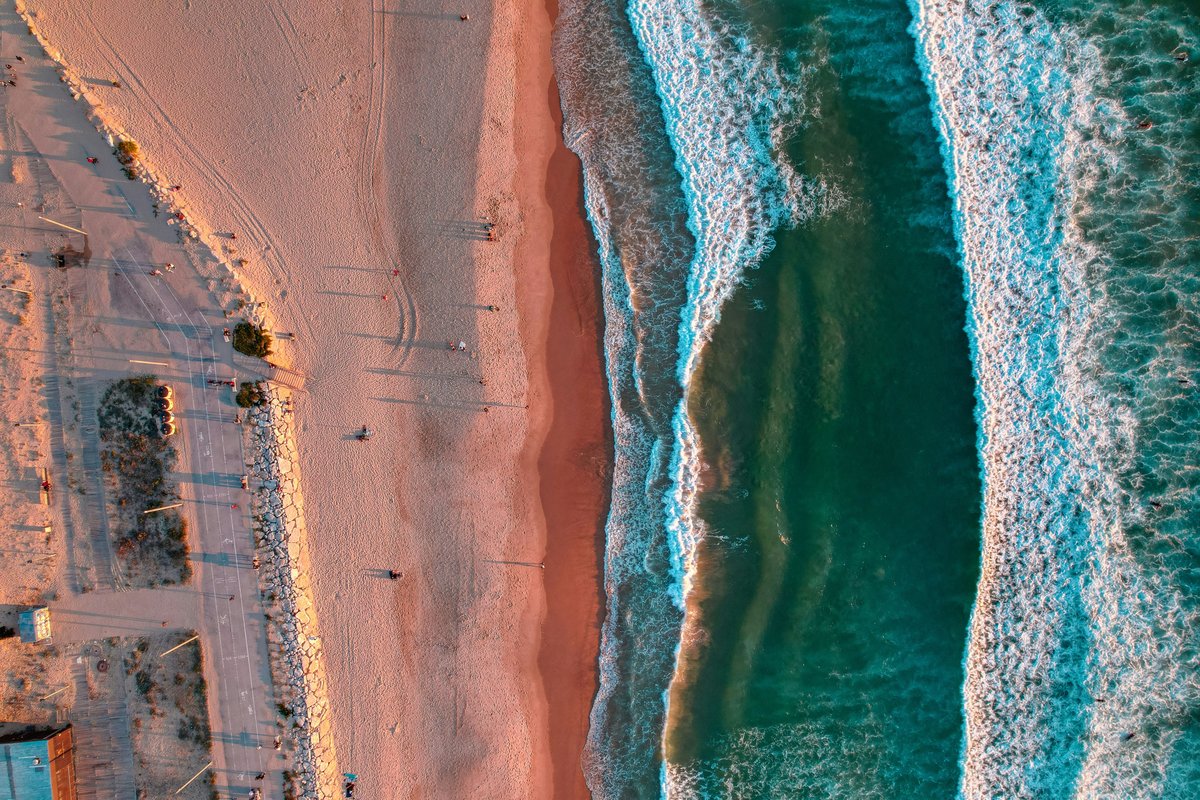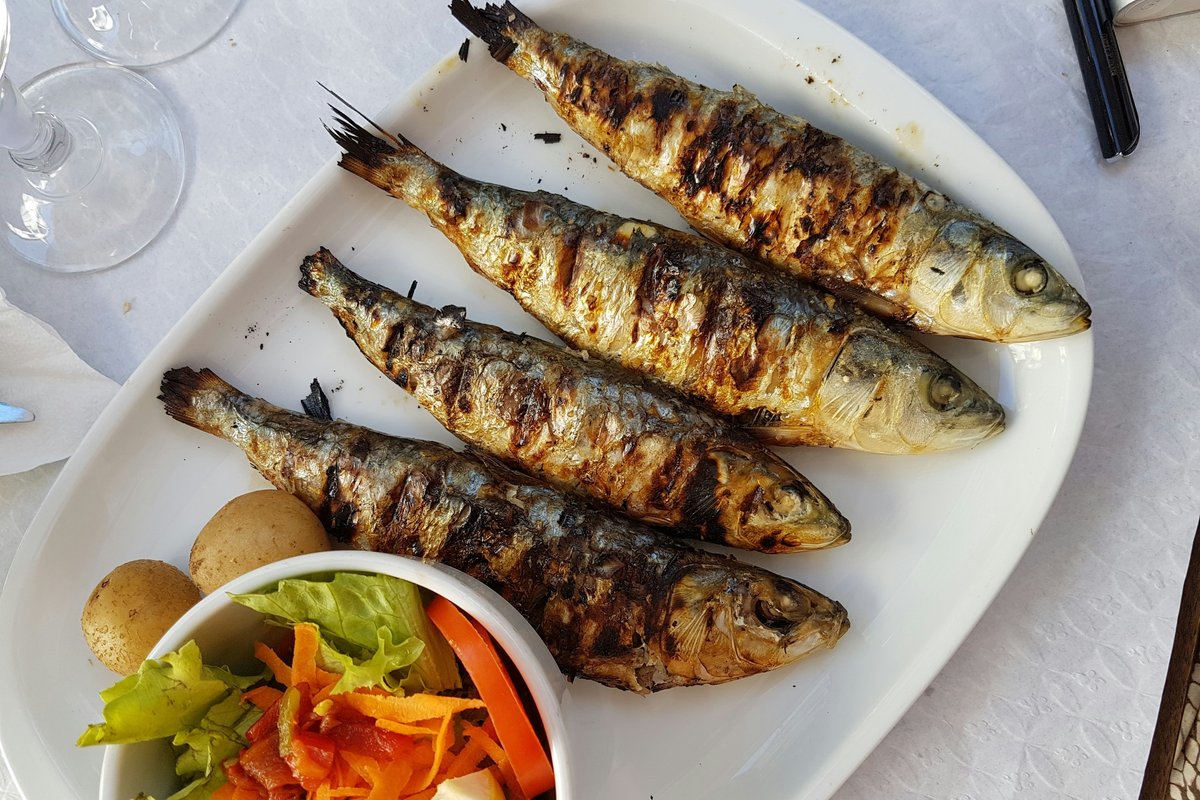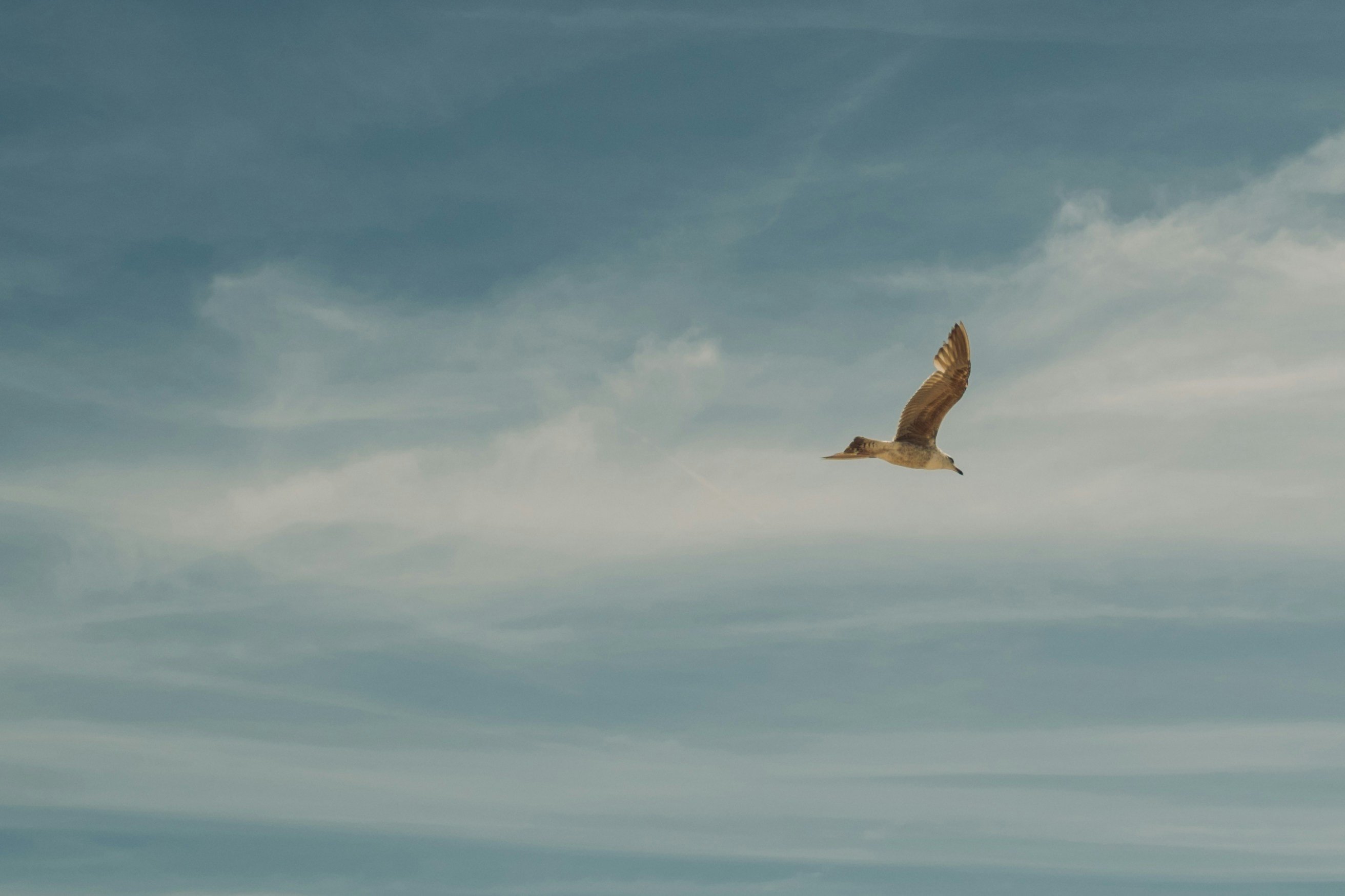



How to get there and explore
Getting to Costa da Caparica from Lisbon is straightforward. By car, crossing the 25 de Abril Bridge takes about 20 to 30 minutes, depending on traffic. There are also direct buses from the city center with frequent departures year-round. A more scenic option is to take a ferry from Belém to Trafaria, then continue by local transport or taxi to the beach—a relaxed and visually appealing way to start the day.
Once there, it’s best to get around on foot or by bike. The beaches are relatively close to each other, and many visitors choose to explore different areas in a single day, starting with the central beaches and then venturing toward the southern dunes or the cliffs’ viewpoints.
Where the Atlantic meets freedom
Just a few minutes from Lisbon, across the Tagus River, Costa da Caparica reveals itself as one of the region’s most versatile seaside retreats. With kilometers of golden sands, pine forests, and fossil cliffs that tell geological stories millions of years old, this is a coast where nature and urban life coexist in an unlikely balance.
Caparica has many faces: it’s simultaneously the perfect setting for a silent sunrise, a meeting point for experienced surfers, and a haven of tranquility among pine forests, trails, and semi-deserted beaches. Popular with Lisbon locals, digital nomads, families, and independent travelers, it’s an area that maintains a relaxed, welcoming, and genuine identity—where shoes are optional and the sea is never far away.
How to get there and when to visit
The city is located about 100 km from Lisbon and is easily reachable by car in roughly 1 hour and 30 minutes. There are also daily bus connections departing regularly from Campo Grande bus station, taking approximately 1 hour and 35 minutes. From Porto, the connection is less direct but possible in about 4 hours and 40 minutes, with at least one direct service daily.
Os meses de maio a setembro são perfeitos para visitar a Costa da Caparica, especialmente para quem deseja aproveitar as longas praias ou praticar desportos aquáticos. O clima é, em geral, seco e ensolarado, ideal para mergulhos e passeios à beira-mar. O vento atlântico é uma presença constante, trazendo a brisa fresca do oceano — por isso, mesmo nos dias mais quentes de verão, é aconselhável levar um corta-vento ou um agasalho leve.
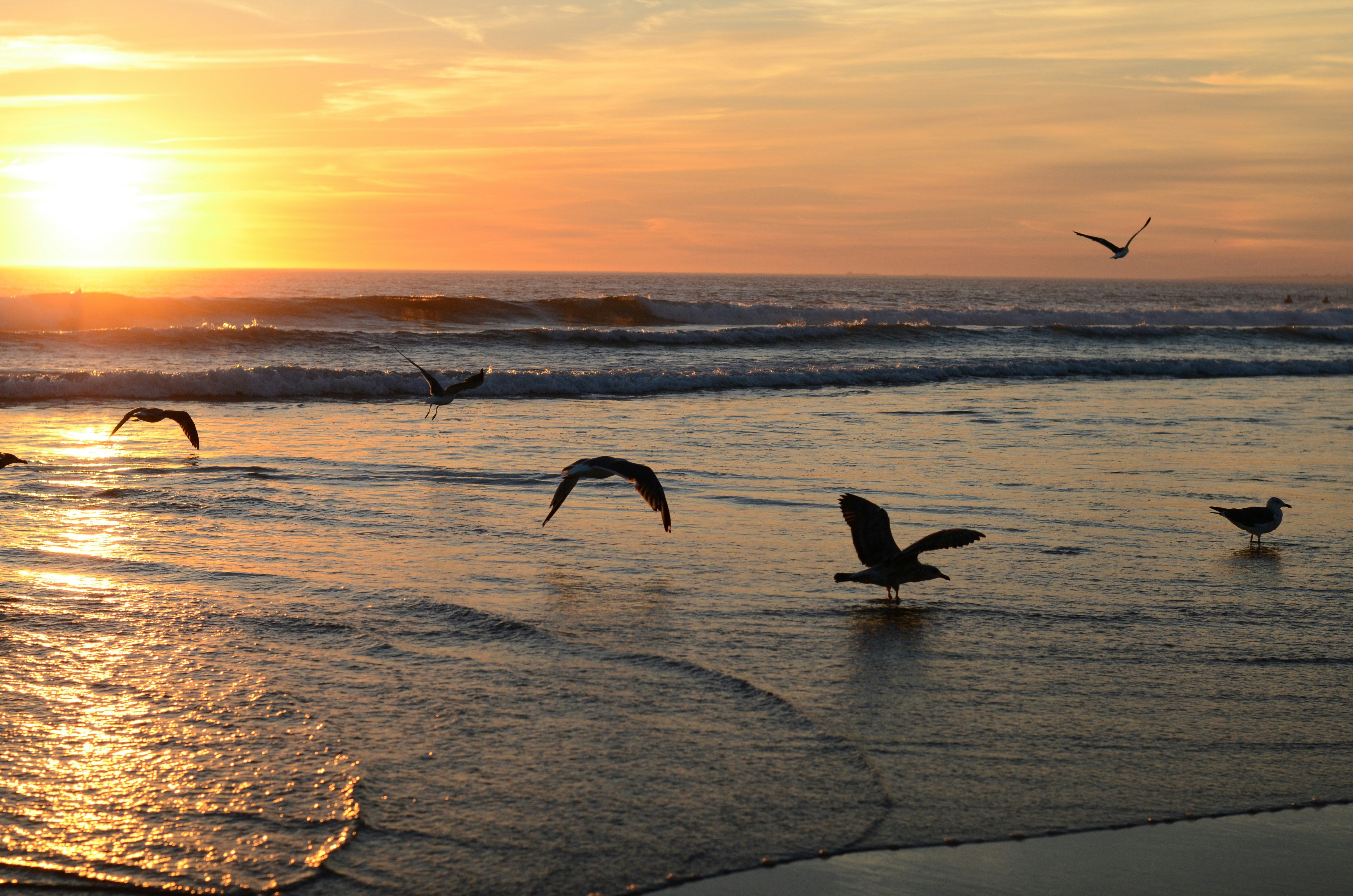

A coast full of possibilities
Along its roughly 15 km of coastline, Costa da Caparica offers beaches for every taste. The central beaches, closest to the village center, are easily accessible and well-equipped, with beach bars, loungers, surf lessons, and parking. Praia de São João, near Trafaria, stands out for its quality and tranquility, though reaching it requires a short detour via ferry and bus or by car.
As you move south, the atmosphere changes. The so-called wild beaches reveal a purer, less crowded side of Caparica, flanked by cliffs and stretches of pine forest. Here, the sounds of the city give way to birdsong and the rhythmic roar of the sea. These beaches are ideal for those seeking space, silence, and direct contact with nature. They also offer excellent conditions for surfing, windsurfing, and kitesurfing, away from the crowds.


Activities in tune with the sea and the land
Caparica is one of the best destinations for water sports in the country. Surf schools are abundant, offering lessons for all levels—from curious beginners to advanced surfers looking to refine their technique. Surfing can be enjoyed year-round, and many beaches provide rentals for boards, wetsuits, and other equipment.
For those who prefer land-based activities, there’s a bike and pedestrian path that stretches along much of the coast—perfect for sunset walks, morning jogs, or cycling. Near the Aroeira area, you’ll also find golf courses surrounded by pine forests, ideal for a sporty break set in a natural environment.
Just a few steps from the sand rises the Costa da Caparica Cliff, one of the country’s most important geological landmarks. This cliff system, formed around 15 million years ago, reveals sedimentary layers and marine fossils, accessible via trails with panoramic ocean views. It’s a true outdoor laboratory, where the history of the Earth unfolds with every step.
Local flavors and seaside traditions
Costa da Caparica also thrives on its food culture, marked by simple traditions and authentic flavors. Early in the morning, Padaria da Praia welcomes locals and visitors with healthy options, freshly baked bread, and comforting coffee. A little further along, Pastelaria Xandite, open since 1970, is a local institution, renowned for its traditional pastries and artisanal production at an almost industrial pace.
No verão, é impossível não reparar na presença da Panicova, famosa pelas suas bolas de Berlim recheadas com doce de ovo. Um verdadeiro ritual estival, estas delícias são vendidas diretamente no areal, acompanhadas pelo chamamento animado dos vendedores.
Along the seafront, beach bars and restaurants abound, perfect for relaxed meals with grilled fish, fresh salads, sharing plates, and evening cocktails. Some, like Irmão and Borda d’Água, have become must-visit spots—not only for the food but also for the laid-back atmosphere, background music, and sunset events.
